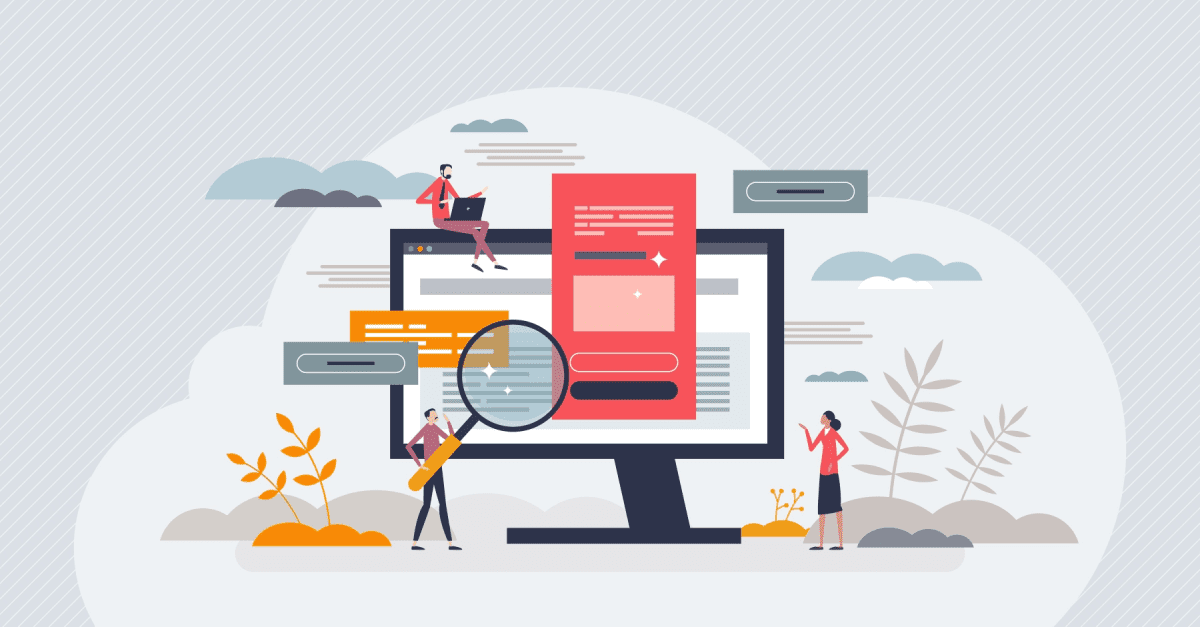
The 5 Elements of Effective and Personal Prospecting Emails
Written By: Myra Sugg
The 5 Essential Elements Of Personal Prospecting Emails
Breaking new ground with prospects is the initial hurdle you need to climb over on your path to a sales call or meeting. Before you start nurturing and qualifying your leads, you first and foremost need to engage them.
Email is still one of the most common ways to bring new leads into the funnel with 79% of B2B marketers saying email is most effective for demand generation.
With all due respect to email automation tools and templates, nothing can replace a well-researched, personally written email. Once you have your leads in your CRM, go ahead and use the power of technology at your disposal. But for first-contact emails, don’t risk it. You only get one chance to make these response rates work to your advantage. The following elements can help you increase opens and response rates on your prospecting emails.
Subject Line: Keep Your Promises
Your subject line should be straightforward. Use it to inform the prospect exactly what to expect when opening your email. No point in using ‘bait’ or vague language to lure the recipient to open your email. It will hold only until the content of the email is revealed. Emails that don’t fulfill the promise of the subject line are a shortcut to the unsubscribe button.
Opening Statement: Reference The Recipient
Begin your email with a personalized reference to the prospect. It can be an article or a social post they wrote, or a webinar they spoke in. If none of these apply, revert to a comment or a like on a social media post. If not even that, you can always reference their LinkedIn page, either the headline, bio, or work experience.
This lets the recipient of the email know that you took the time to ‘get to know them’ before attempting to contact them and that what you are connecting with them about is relevant.
The Art of Referencing
You can’t just choose a reference randomly – not any article or social post will do. You need to be able to tie your personalized reference to the context of the approach you’re about to make.
Mentioning a post by the prospect about bird migration won’t help your cause unless you can tie it to the value your product brings (or your product is binoculars.) So generally speaking, it is better to stick to professional references rather than personal ones. A flair of storytelling won’t hurt here.
Mention Their Pain (But don’t twist the knife.)
After you’ve established your familiarity with the prospect, it’s time to talk shop and in our case, the prospect’s shop. Now you need to show that you are aware of the pain they experience in their work. You should phrase this in such a way that the person reading your email will realize you have deep familiarity with their work. If you don’t, how would you be able to help them?
Don’t overdo it. Remember, the prospect is well aware of the pain, they’re experiencing it every day, so no need for superlatives and hyperbolic language. Keep it practical.
The CTA
State that the pain can be resolved and just hint at a possible solution. Suggest a call or send follow-up content to explain what steps they can take. There’s no need to ‘dump’ the entirety of your product in the initial email.
Give your prospect the credit that they understand why you approached them – because you believe you have a product that will bring them value. You’re not the first nor the last one to approach them with an offer. Your prospects will appreciate your brevity.
About the author
Get FREE Sales Training Delivered to Your Inbox
Join more than 360,000 professionals who get our weekly newsletter.
Related Articles

Learn Online
Self-paced courses from the
world's top sales experts

Virtual Training
Live, interactive instruction in small
groups with master trainers

Coaching
One-to-one personalized coaching
focused on your unique situation






